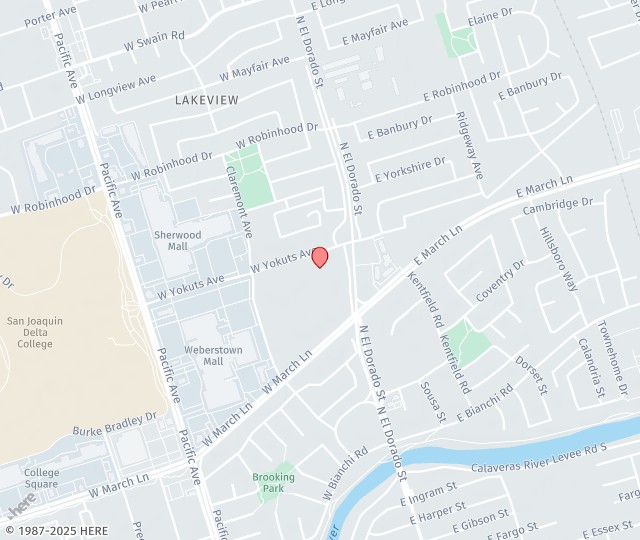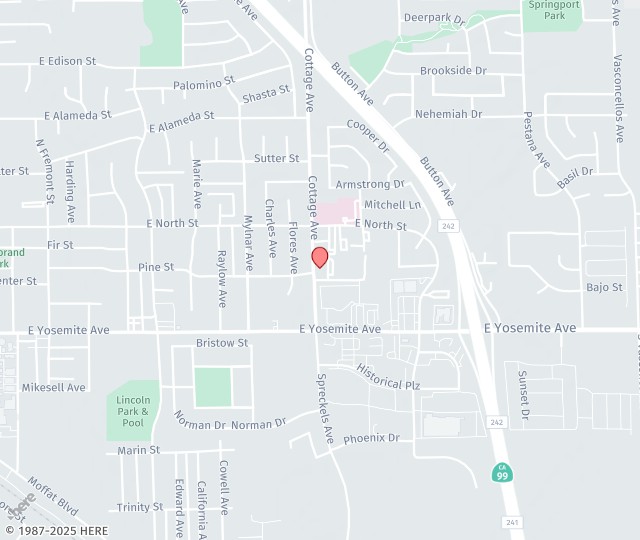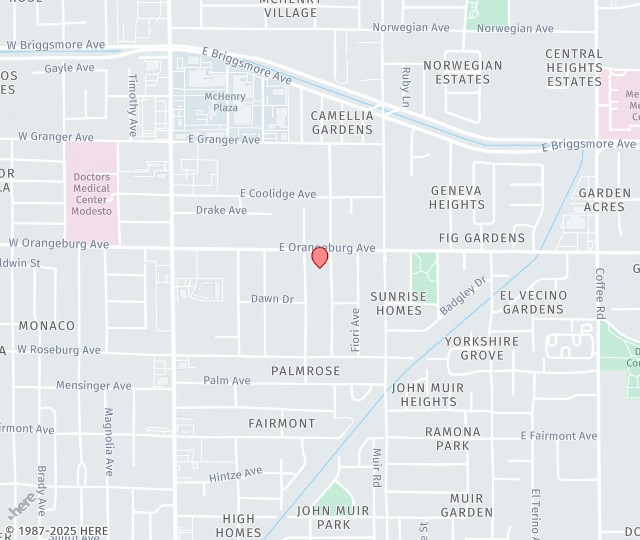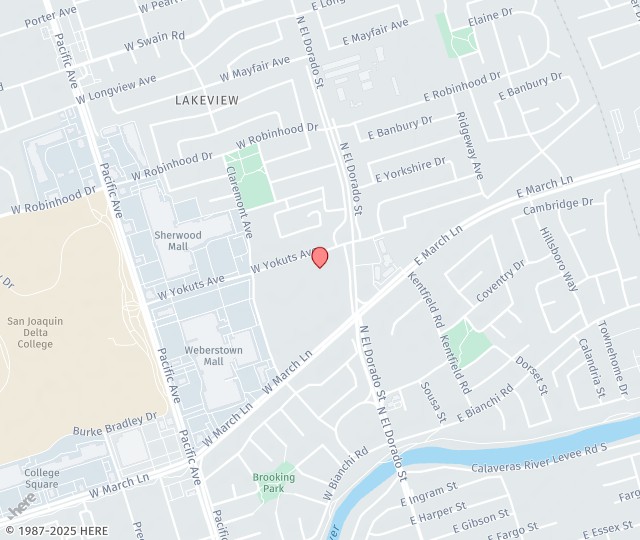
Macular degeneration is an eye disease that causes the loss of central vision, making activities like reading, driving, and recognizing faces extremely challenging. If distorted sight or dark, blurry areas in your focal viewpoint are compromising your independence and quality of life, understand you are not alone. Nearly 20 million Americans have some form of macular degeneration. Learning about the types of macular diseases and their causes can help you better detect the condition to ensure you are able to get early treatment started.
What Is the Difference Between Dry and Wet Macular Degeneration?
The two types of macular degeneration include dry macular degeneration and dry macular degeneration. The majority of cases, about 90%, are the “dry” form, where light-sensitive cells in the macula region of the central retina slowly break down over time.
Alternatively, “wet” macular degeneration is caused by the growth of abnormal blood vessels in the back of the eye that cause damage to the macula. At any stage, dry macular degeneration has the ability to turn into wet macular degeneration. However, wet macular degeneration is always considered a late-stage diagnosis.
Who Gets Macular Degeneration and Why?
Uncontrollable risk factors, including age and genetics, impact the odds tremendously. However, lifestyle factors also greatly contribute to macular health or decline. Smoking increases the risk of macular degeneration by 2 to 4 times. Obesity, poor cardiovascular health, excessive sunlight exposure, and vitamin deficiencies also accelerate illness progression and vision loss. Protect yourself by discontinuing tobacco, eating antioxidants like lutein, controlling medical conditions, always wearing sunglasses outdoors, and getting dilated eye exams regularly to detect retinal changes as early as possible.
What Are the Symptoms of Macular Degeneration?
Symptoms occur when central vision, crucial for fine detail like reading small print or threading a needle, becomes impaired. Wavy vision distortion is common, along with blank or gray spots blocking the center of your field of view. Colors may also appear washed out or dull. Increasing difficulty recognizing faces is another frequent complaint. Since most cases of macular degeneration develop gradually, its symptoms are similarly subtle in onset, so getting checked by an eye doctor regularly remains vital for early intervention.
How Do Doctors Treat Macular Degeneration?
Some treatments for slowing “dry” macular degeneration include vitamin supplements with antioxidant properties, as well as lifestyle changes like improved diet and limiting smoking. More aggressive “wet” macular degeneration may be treated with injections directly into the eye to suppress the growth of damaging blood vessels or laser surgery to prevent further vision loss.
Catching the disease early maximizes what can be done to stall progression. While most treatments aim to halt macular damage rather than restore what is already lost, low vision rehabilitation teaches skills for completing routine tasks despite limited eyesight. If advancing macular degeneration results in functional impairment that interferes with essential daily tasks, customized low-vision devices can maximize the use of remaining sight.
Schedule an Evaluation Today
If you are experiencing eye pain or vision loss and think that it could be macular degeneration, contact our team at the Central Valley Eye Medical Group by calling 209-952-3700 to schedule an evaluation. Our goal is to preserve independence even when age-related eye diseases impact your sight. With offices in Stockton, CA, Manteca, CA, and Modesto, CA, you are free to choose the location that is most convenient for you.



